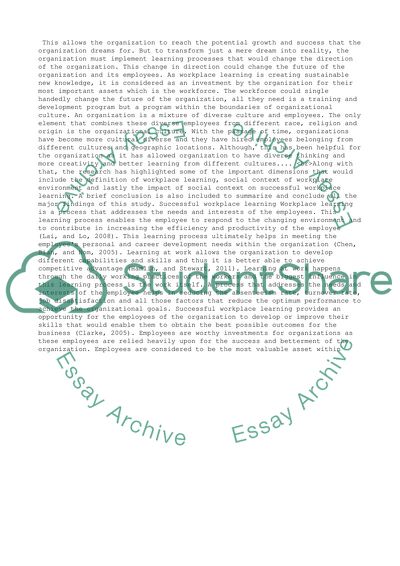Cite this document
(“To what extent does successful workplace learning depend on the social Essay”, n.d.)
To what extent does successful workplace learning depend on the social Essay. Retrieved from https://studentshare.org/management/1403376-to-what-extent-does-successful-workplace-learning
To what extent does successful workplace learning depend on the social Essay. Retrieved from https://studentshare.org/management/1403376-to-what-extent-does-successful-workplace-learning
(To What Extent Does Successful Workplace Learning Depend on the Social Essay)
To What Extent Does Successful Workplace Learning Depend on the Social Essay. https://studentshare.org/management/1403376-to-what-extent-does-successful-workplace-learning.
To What Extent Does Successful Workplace Learning Depend on the Social Essay. https://studentshare.org/management/1403376-to-what-extent-does-successful-workplace-learning.
“To What Extent Does Successful Workplace Learning Depend on the Social Essay”, n.d. https://studentshare.org/management/1403376-to-what-extent-does-successful-workplace-learning.


